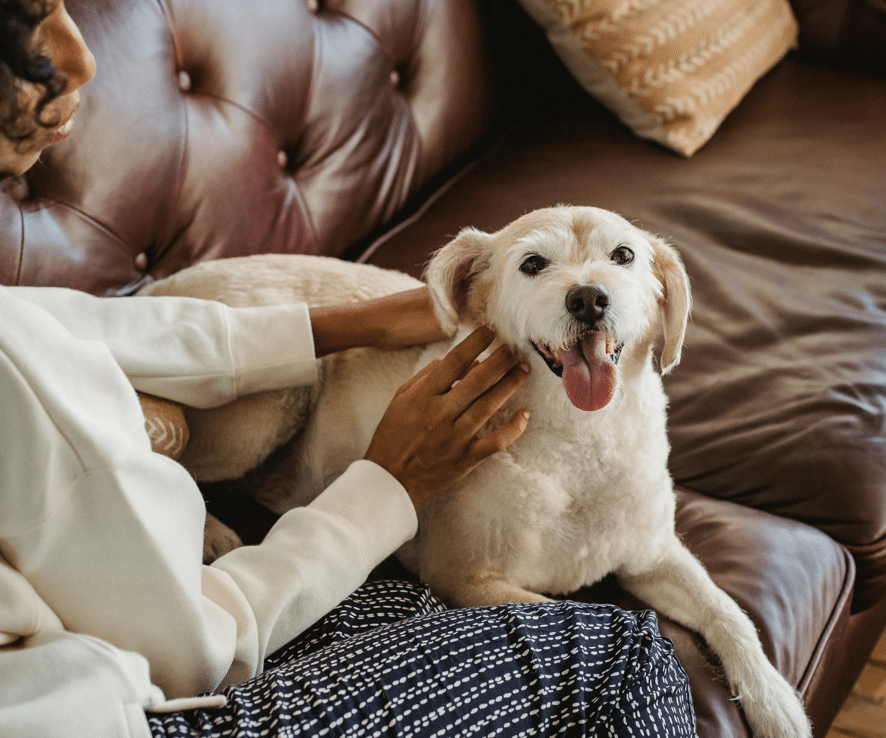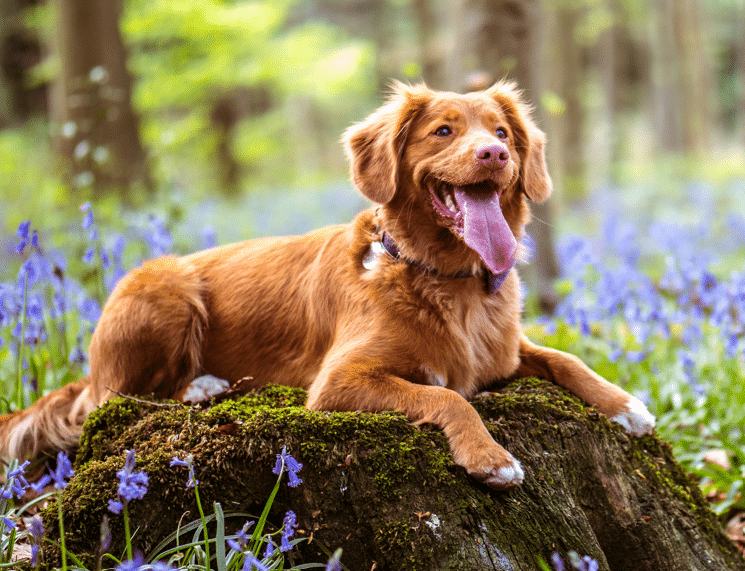You don’t have to be an expert to know that when you come home from work and your dog is almost losing balance because they are wagging so much, that they are overwhelmingly happy to see you. However, not all tail wags are positive ones.
A bit like how dogs pant instead of sweat to regulate their body temperature, they also display their emotions very differently to humans. Your dog’s tail can provide you with vital indication as to how they are feeling. If you care about your dog, then you should care about their tail wagging and what it means.

Why do dogs wag their tails?
Tail wagging is a behaviour that develops from a very young age and is vital for a dog to convey their emotions, especially to other canines. This is why dogs who do not have tails will often be less confident around other dogs as they may be nervous that these dogs will not be able to infer their mood and intentions.
What are the different tail movements?
No wag:

We all love when our dog wags their tail excitedly, but they are sometime at their most content when their tale is not wagging at all. A relaxed tail indicates a relaxed dog who is free from anxiety, stress or separation. You will often find your dogs tail is like this when they are cuddled up next to you.
Perked up, stiff wagging tail

A tail pointing straight up and wagging furiously may make you think a dog is happy or excited, but this could indicate that your dog is nervous or that their concentration levels are unusually high. In rare instances, this can lead to your dog acting unpredictably. This behaviour is often the one you see when two dogs are intensely smelling one another before one of them barks or hides behind their owner.
Vertical tail

According to the Family Pet Health Center, if your dogs tails points straight up and has little or no motion, this is often the sign of a dog that is dominant, confident and feeling in control. This is a common pose around other dogs
Tail between legs
This is the behaviour a dog does which is likely to make us feel sorry for them. This means that a dog is scared, uncomfortable or unhappy. If your doggie is ever displaying this pose and does not need to see the vet, perhaps it may be time for a puppuccino to cheer them up.
The direction of the wag
According to Live Science, the direction of the wagging is vital. If a tail wags to the right, this is a happy wag whereas a tail wagging to the left indicates stress or unhappiness.
Huge wags

Our favourite wags are the biggest wags: the wags that break our lamps, knock glasses off the coffee table a repeatedly smack other dogs in the face. (why don’t those dogs ever move when this happens?) This indicates that your dog is very happy and excited. Better still, it can make an 18-year old dog look like a puppy.
This just shows that picking up on what these tail wags mean could greatly increase your dog’s joy and keep their stress and unhappiness to a minimum
This post was written in good faith by Dogstop. If you believe any information is incorrect or any information or media has not been assigned the required credit, you would really be helping us by letting us know at info@dogstop.ie

